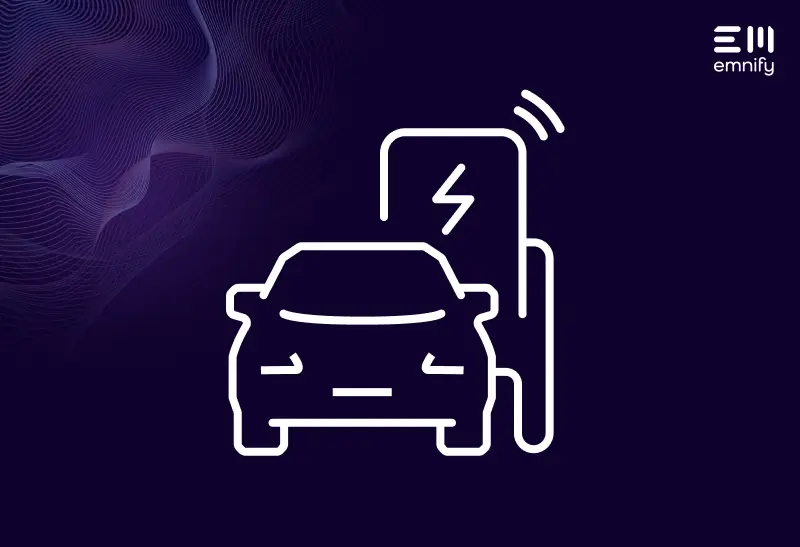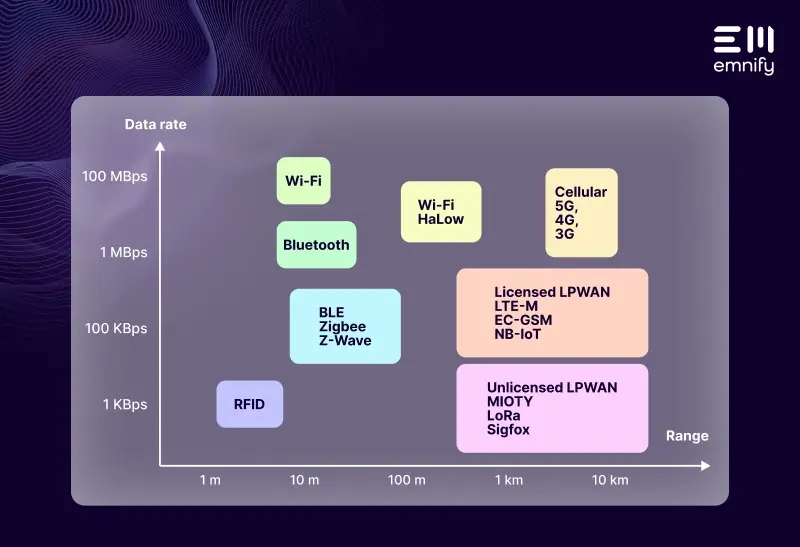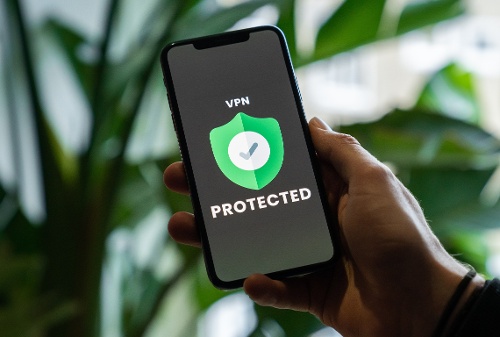

Quick Definition: Open Charge Point Protocol (OCPP) is an open standard communication protocol for Electric Vehicle (EV) charging stations. It defines interactions between EV charging stations and a central system, helping to facilitate security, transactions, diagnostics, and more.
Why use OCPP?
OCCP defines how charge stations and central management systems transmit commands like start and stop power, as well as diagnostic data such as how much power is being consumed or if there are any errors. By standardizing these transmissions, OCCP ensures that charge stations and central management systems from different suppliers can communicate.
This is part of a larger effort to standardize smart charger operating systems and increase interoperability between charging station vendors. Sharing protocols across vendors makes charging stations more appealing to customers because it provides a safety net: if they want to buy a charge station from a different vendor than they used before, the new charge station will still work with their existing central management system.
For manufacturers, this can also reduce future development costs. New software and functionality doesn’t have to be integrated with different operating systems. It just has to be compatible with the Open Charge Point Protocol.
In some markets, like the US, network operators have traditionally used proprietary protocols to restrict their customers’ options when it comes to smart charging stations. Using communication protocols that are compatible with a wide range of networks helps promote innovation in other areas that benefit the industry as a whole. Customers can simply choose the networks and charging stations that best meet their needs, so network operators and vendors have to compete on quality, price, features, and service.
This flexibility is a boon to manufacturers as well. As you operate on a larger scale or deploy in new countries, using OCPP makes it easier to change network providers. Charge point operators can also grant “roaming” access to charge points they don’t own.
Versions of Open Charge Point Protocol
There are several versions of OCPP in use, and even if you’re using the latest version, you might want to integrate with another piece of tech that uses an older version. So it’s worth understanding the variations and their implications for your use case.
OCCP 2.0.1
OCCP 2.0.1 is the latest version of the Open Charge Point Protocol. Even OCCP 2 has been standardized in 2018 - charging station manufacturer still mainly sell chargers with OCCP 1.5 and 1.6. OCCP 2.0.1 added features and functionality requested by the EV charging community, including better device management, improved security (TLS, authentication, firmware updates, and more), greater display and messaging capabilities, and support for the newest plug-and-charge and smart charging requirements.
OCCP 1.6
OCCP brings additional functionality such as smart charging enabling local and central load-balancing, being able to send JSON data and also allowing to retrieve on demand information via a trigger message.
Like it’s predecessor, OCCP 1.5, version 1.6 doesn’t provide secure end-to-end encryption. In order to keep your devices and applications secure, you need to find another solution for encryption, such as a private network / IPsec connection.
OCCP 1.5
OCCP 1.5 was standardized in 2012 and has been widely adopted since then. While adhering to the main content of OCCP 1.5 - there exist many different, partially incompatible implementations, which is also the reason why the Open Charge Alliance (OCA) only certifies OCCP compliance starting with OCCP version 1.6.
Limitations of Open Charge Point Protocol
While OCCP offers significant benefits to consumers and manufacturers alike, it has its weaknesses as well.
Needs a connectivity solution
OCCP requires continuous connectivity between charge points and the backend application that monitors, manages, and analyzes them. Without a dedicated solution to maintain connectivity, the charge points can’t operate and providers can’t manage their devices. Cellular IoT has proven to be one of the most popular connectivity solutions, as the infrastructure is already globally deployed, and it adds layers of security.
Remote access is limited
OCCP makes it difficult to remotely access charge points to reconfigure, troubleshoot, and update them. It provides error codes, but this usually doesn’t give enough information to identify underlying problems.
OCCP 2.0.1 helps address this limitation, but it hasn’t been widely adopted yet, and the older versions of OCCP are still prevalent. This means manufacturers and their customers often need to be on-site to access their devices and perform diagnostics.
How does OCPP certification work?
Not all charge stations and charge station management systems based on OCPP are fully compliant with the OCA’s standards. This can significantly impact a device or system’s compatibility with other vendors and service providers.
If you want your customers to feel confident your charge stations or central system will work for them, you’ll need to be OCPP certified by the OCA. This requires two stages of testing, and if your device passes, you’ll have a certificate that shows your customers the degree to which it’s compliant.
1. OCPP compliance test tool
The first stage of testing uses an OCPP compliance test tool which you have to purchase from the OCA. The tool contains a suite of tests for both EV charging stations and the central systems that manage them.
If you’re testing a charging station, the tool imitates a central system, checking whether your charging station provides the appropriate responses to requests and adheres to the proper formats and the schema specified by OCPP. When testing a central system, the toolkit poses as a charging station. You can see the complete list of tests for OCPP version 1.6 here.
2. PIC statement
In addition to testing your device with the OCA’s toolkit, you have to provide a Protocol Implementation Conformance (PIC) statement, which the OCA then validates. The statement explicitly defines the OCPP functionalities the device is capable of, as verified by lab testing. It’s essentially a checklist your customers can use to confirm your product has the security and performance specs they need.
Enable EV charging communication with emnify
emnify is a cellular IoT connectivity provider specifically designed for IoT devices and systems. Our platform provides 2G,3G, LTE and LTE-M connectivity on multiple networks, ensuring that wherever you deploy, your charge point stations, systems, and software can communicate indoors, outdoors, and underground.
With an automated IPsec setup to the emnify platform we help you to securely connect your chargers and management software independent of charging point manufacturer - so the data is transported encrypted over a secure private network and no one can issue charging commands from the outside.
When you connect your charge points and central management systems with emnify, you also gain the ability to remotely access your charge points using our OpenVPN service. We keep your communications secure and enable you to extract more information from your devices. Your technicians can perform diagnostics, troubleshooting, and firmware updates from anywhere in the world.
If you wish to know more about protocols and IoT check out our Comprehensive Guide to IoT Protocols.
Get in touch with our IoT experts
Discover how emnify can help you grow your business and talk to one of our IoT consultants today!

Christian Henke
If you want to understand how emnify customers are using the platform Christian has the insights. With a clear vision to build the most reliable and secure cellular network that can be controlled by IoT businesses Christian is leading the emnify product network team.



